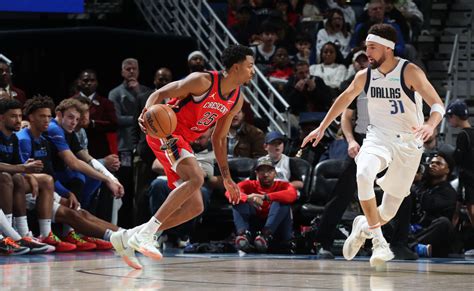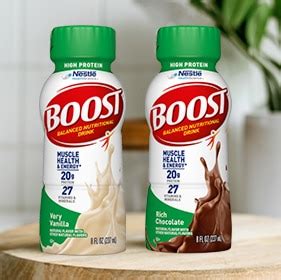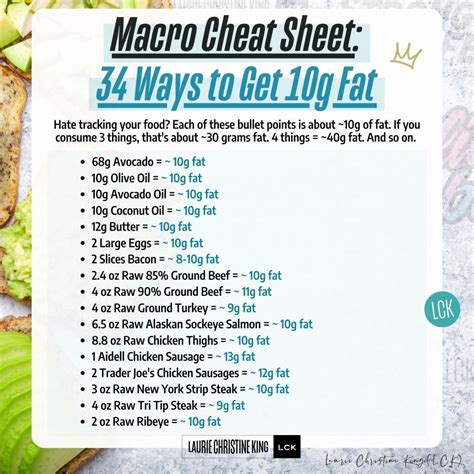Unlock elite strength: What’s the most efficient compound lift routine for peak performance?

The Cornerstone of True Strength: Why Compound Lifts Reign Supreme
In the pursuit of elite strength and peak physical performance, one training methodology consistently stands out: compound lifting. Unlike isolation exercises that target a single muscle group, compound movements engage multiple joints and muscle groups simultaneously. This multi-faceted approach not only builds significant strength and muscle mass more efficiently but also enhances functional fitness, improves coordination, and elicits a potent hormonal response crucial for growth. If your goal is to unlock your true strength potential, understanding and integrating the most efficient compound lift routines is non-negotiable.
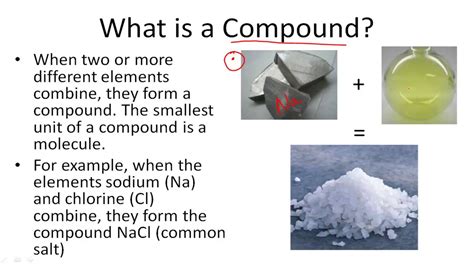
Understanding Multi-Joint Movements
Compound lifts are the bedrock of any serious strength program. They are exercises that involve the movement of at least two joints, often engaging large muscle groups across the body. Think about the sheer number of muscles recruited during a squat or a deadlift – your legs, glutes, core, back, and even arms are all working in concert. This makes them incredibly time-efficient and effective for developing overall power and athleticism.
Key compound exercises that form the foundation of peak performance routines include:
- Squats (Barbell Back Squat, Front Squat): The king of lower body exercises, building leg, glute, and core strength.
- Deadlifts (Conventional, Sumo, Romanian): A full-body powerhouse that develops posterior chain strength, grip, and overall power.
- Bench Press (Barbell, Dumbbell, Incline): Essential for chest, shoulders, and tricep development.
- Overhead Press (Barbell, Dumbbell, Seated, Standing): The ultimate shoulder and upper body strength builder.
- Rows (Barbell, Dumbbell, Cable, Pendlay): Crucial for developing a strong back, biceps, and improving posture.
Designing Your Optimal Compound Lift Routine
An efficient compound lift routine prioritizes consistency, proper form, and progressive overload. While specific programming can vary based on individual goals and experience, a common and highly effective approach involves a 3-4 day per week schedule, allowing for adequate recovery between sessions. Full-body routines or upper/lower splits are excellent choices for maximizing frequency and stimulus.
Sample Full-Body Powerhouse Routine (3 Days/Week)
For many, a full-body routine performed three times a week (e.g., Monday, Wednesday, Friday) offers an optimal balance of stimulus and recovery. Each session can focus on 1-2 major compound movements, followed by complementary exercises.

Beyond the Barbell: Principles for Unlocking Peak Performance
Simply performing compound lifts isn’t enough; it’s how you approach them that determines peak performance.
Progressive Overload: The Non-Negotiable Driver of Growth
The fundamental principle of strength training is progressive overload. To get stronger, you must continually challenge your muscles beyond their current capabilities. This can be achieved by:
- Increasing the weight lifted.
- Performing more repetitions with the same weight.
- Increasing the number of sets.
- Decreasing rest periods between sets.
- Improving lifting technique and range of motion.
Without consistent progressive overload, your muscles have no reason to adapt and grow stronger.
Mastering Form: Safety and Efficacy
Perfecting your technique for each compound lift is paramount. Incorrect form not only significantly increases the risk of injury but also diminishes the effectiveness of the exercise. Focus on controlled movements, full range of motion, and engaging the target muscles correctly. It’s always better to lift less weight with impeccable form than to ego-lift with poor technique.
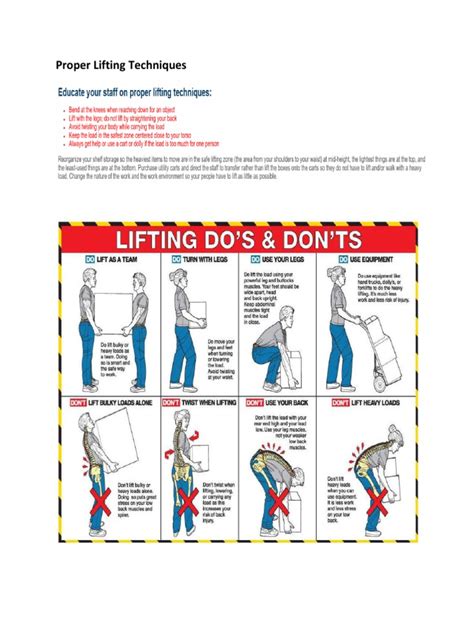
The Power of Recovery and Nutrition
Your muscles don’t grow in the gym; they grow during recovery. Prioritize 7-9 hours of quality sleep per night. Ensure your nutrition supports your strength goals, with adequate protein intake (typically 1.6-2.2g per kg of body weight) to repair and build muscle, and sufficient calories to fuel your intense workouts and recovery processes.

Sample Efficient Compound Lift Routine (3-Day Split)
Here’s a practical example of a 3-day full-body compound lift routine, perfect for maximizing strength gains. Perform 3-5 sets of 4-8 repetitions for main lifts, and 3 sets of 8-12 repetitions for accessory work, adjusting as needed.
Day 1: Upper Body Focus
- Barbell Bench Press: 3-5 sets x 4-8 reps
- Barbell Rows: 3-5 sets x 4-8 reps
- Overhead Press: 3-5 sets x 4-8 reps
- Pull-ups/Lat Pulldowns: 3 sets x 8-12 reps
Day 2: Lower Body & Core Focus
- Barbell Back Squats: 3-5 sets x 4-8 reps
- Romanian Deadlifts: 3-5 sets x 6-10 reps
- Leg Press or Lunges: 3 sets x 8-12 reps
- Planks/Ab Rollouts: 3 sets x max hold/reps
Day 3: Full Body Power
- Deadlifts (Conventional or Sumo): 3-5 sets x 3-5 reps (focus on heavy weight)
- Incline Dumbbell Press: 3-4 sets x 6-10 reps
- Chin-ups/Face Pulls: 3 sets x 8-12 reps
- Dumbbell Shoulder Press: 3 sets x 8-12 reps
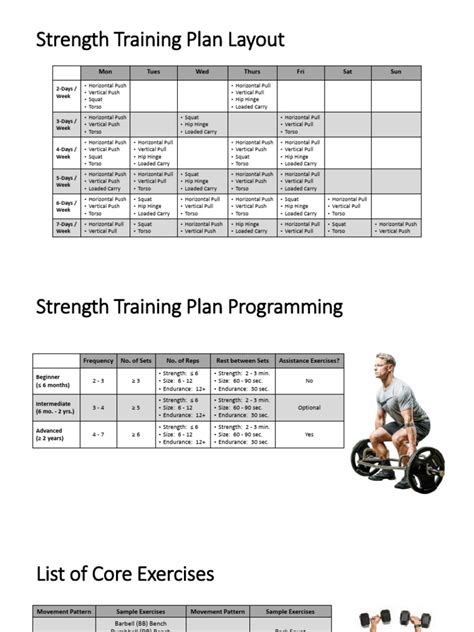
Consistency is King: Your Path to Elite Strength
Unlocking elite strength through compound lifting is a journey, not a destination. It demands consistent effort, meticulous attention to form, strategic progressive overload, and a dedicated focus on recovery and nutrition. By prioritizing these foundational elements and integrating a well-structured compound lift routine, you’ll not only see dramatic increases in strength and muscle mass but also develop a resilient, high-performing physique ready to tackle any challenge. Embrace the power of compound movements and embark on your most efficient path to peak performance.


